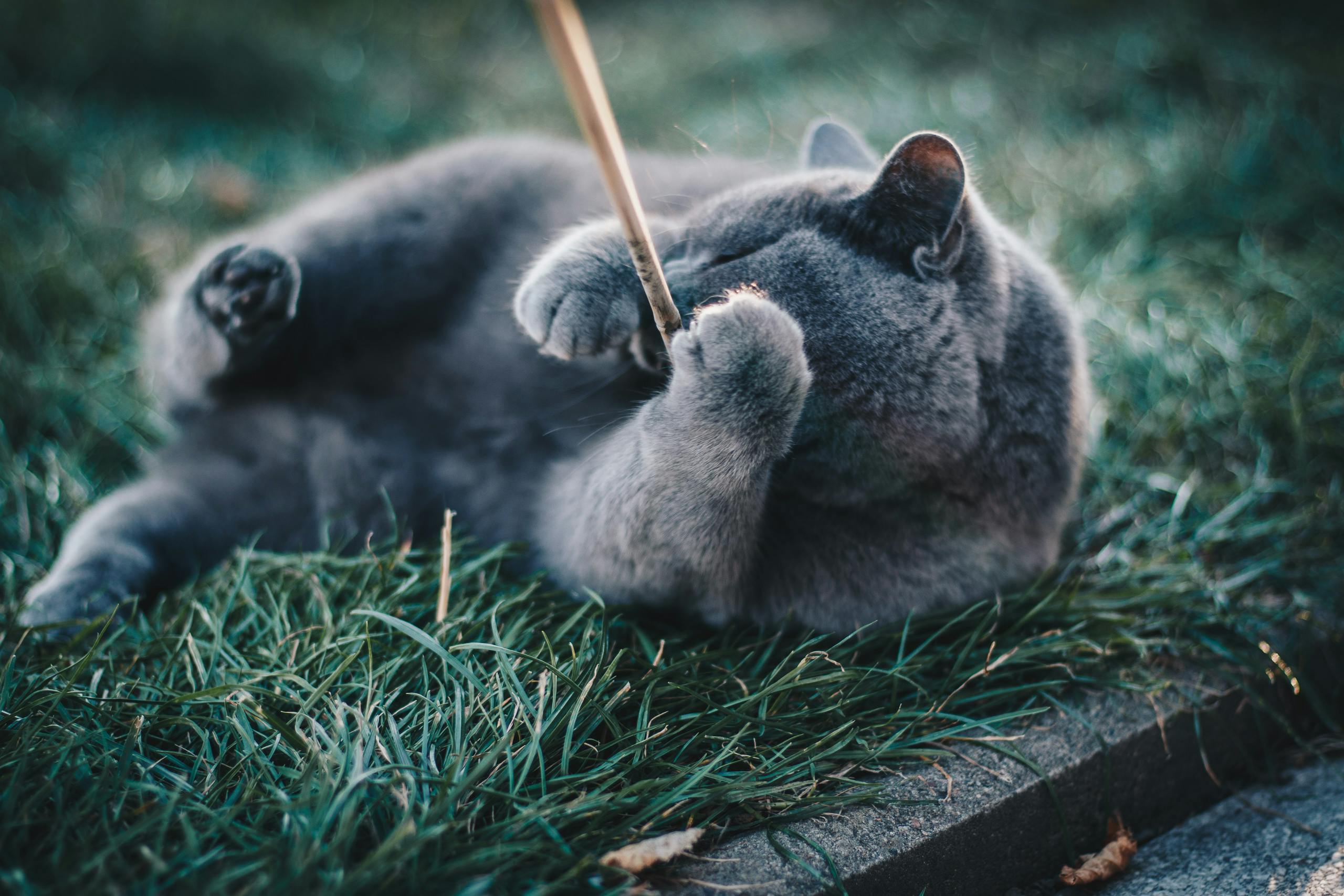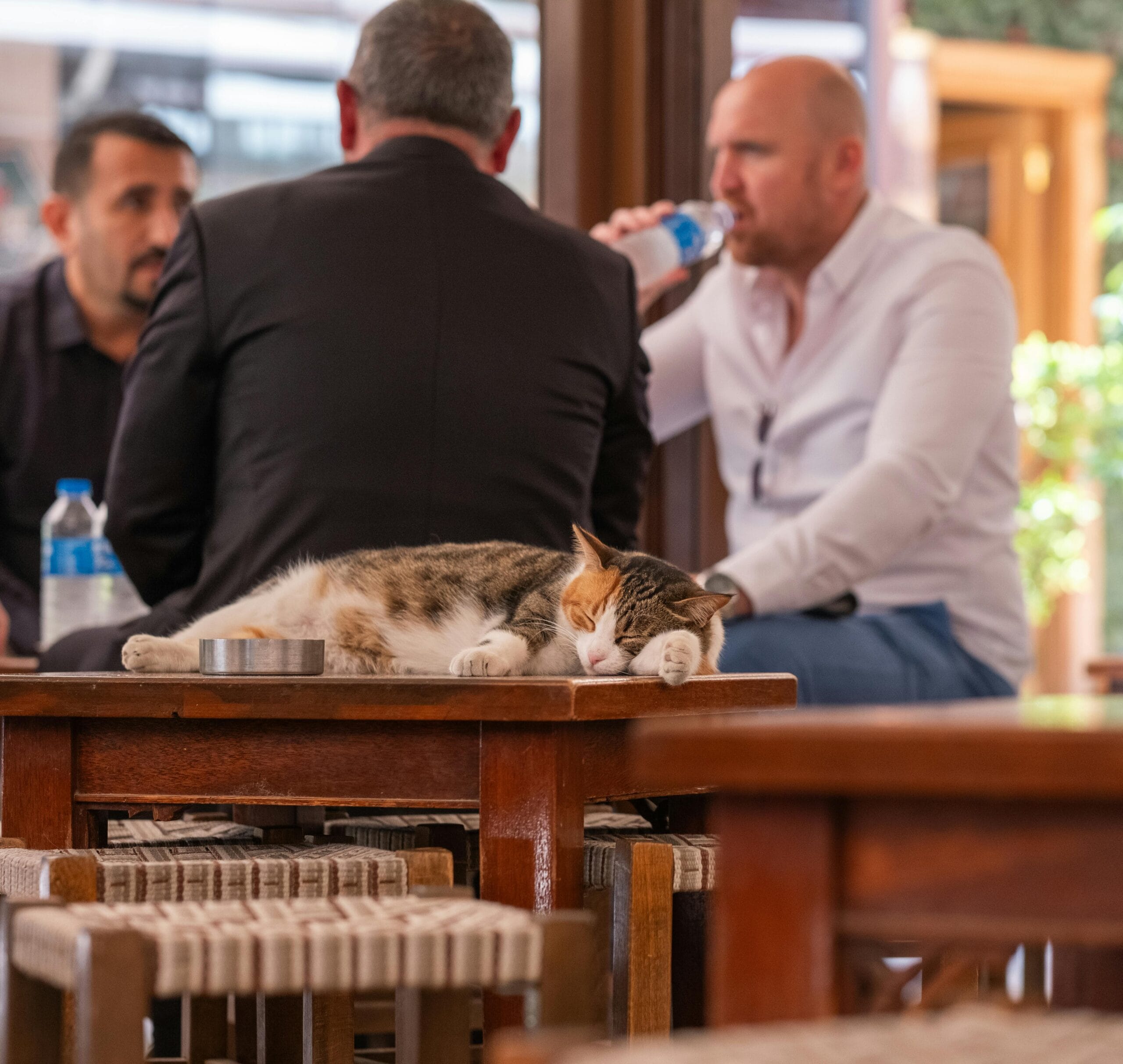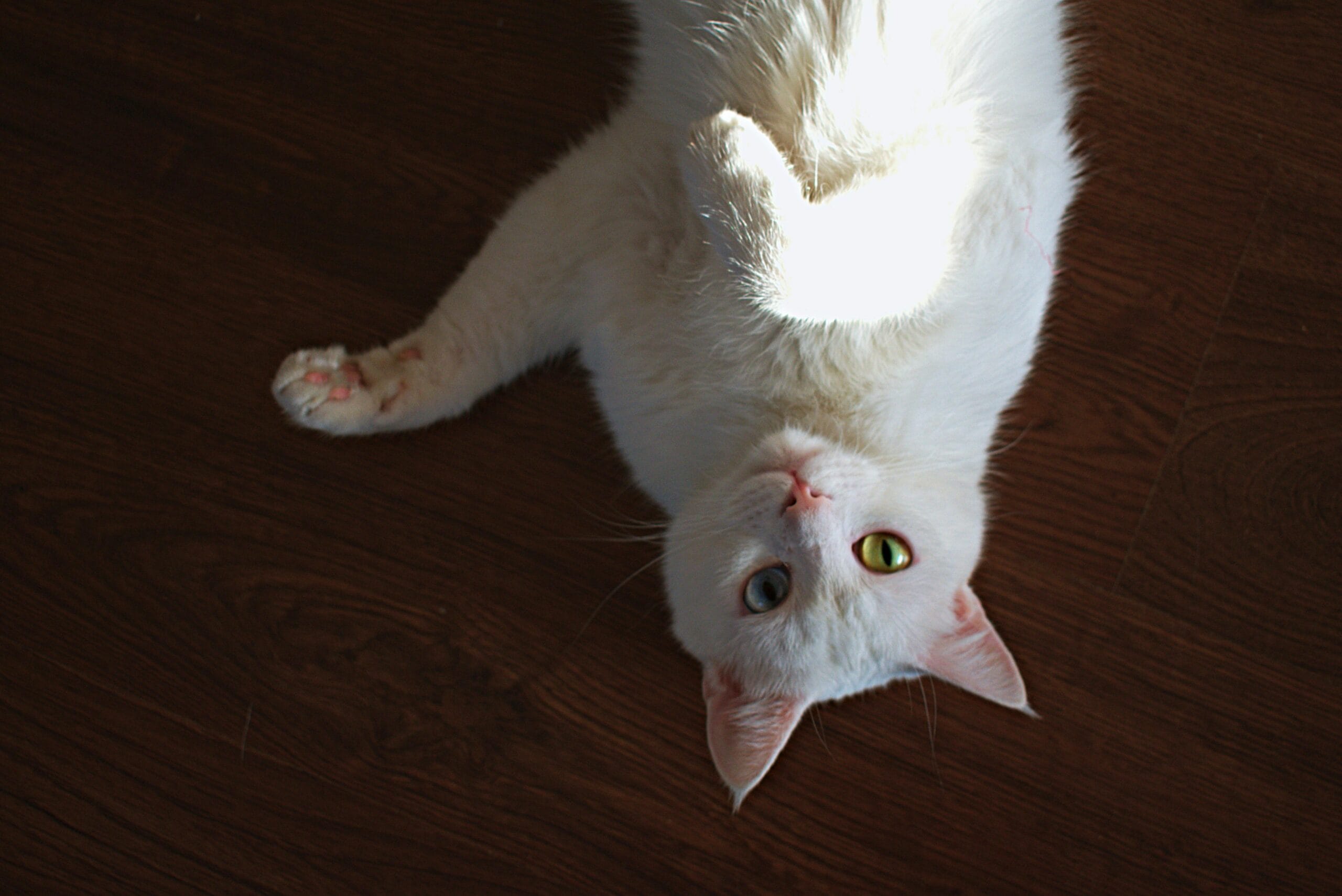How Long Does Cat Food Last? Find out the cat food expiration date & shelf life of wet & dry food. Learn how to store cat food properly & keep your feline friend healthy!
How Long Does Cat Food Last? A Comprehensive Guide to Shelf Life and Expiration Dates
As a responsible cat owner, knowing how long does cat food last is crucial for your feline friend’s health and well-being. Feeding your cat expired food can lead to digestive upset, illness, and even more serious health problems. This comprehensive guide will delve into the intricacies of cat food expiration date and shelf life of cat food, helping you understand how to best store and utilize your cat’s food to ensure its quality and safety.
Understanding Cat Food Expiration Dates
The first thing to understand is that the date printed on your cat food is not necessarily an expiration date in the strictest sense. Many manufacturers use “best by” or “use by” dates. These dates indicate when the food is at its peak quality and flavor, not necessarily when it becomes unsafe. However, the quality and nutritional value of the food will decline after this date, making it less appealing and potentially less nutritious for your cat. After the “best by” date, the food may start to lose its essential nutrients, oils may go rancid, and the overall palatability will decrease. Your cat might be less likely to eat it, and it could also present a risk of bacterial growth depending on storage conditions.
Shelf Life of Cat Food: Dry vs. Wet
The shelf life of cat food varies significantly depending on the type of food. Dry kibble generally has a much longer shelf life than wet food, which is more susceptible to spoilage due to its higher moisture content. Let’s examine each type separately:
Dry Cat Food: How Long Does It Last?
Unopened bags of dry cat food typically have a shelf life of one to two years, provided they are stored properly. Once opened, the shelf life significantly reduces. You should aim to use the opened bag within 3-6 months, depending on your storage method. Storing the food in a cool, dry, airtight container will maximize the time it remains fresh and palatable. Keep it away from direct sunlight and moisture, which can degrade the quality and encourage insect infestation.
Always check the bag for any signs of spoilage before feeding your cat, such as unusual odors, clumping, or changes in texture or color. If you notice anything off, it’s best to discard the food.
Wet Cat Food: How Long Does It Last?
Wet cat food, whether in cans or pouches, has a much shorter shelf life than dry food. Unopened cans generally have a “best by” date on the label and can last for several months after that date if stored properly. However, once opened, the wet cat food should be refrigerated and used within 1-2 days. Never leave opened wet cat food at room temperature for extended periods. This greatly increases the risk of bacterial growth, making it unsafe for your cat to consume. Many owners consider this a significant factor when selecting a type of food; for example, they may not want to buy large cans if their cat will not eat it quickly enough.
Some cat food brands, like Tiki Cat, are known for their high-quality ingredients, but this does not make them immune to spoilage. Therefore, remember to always check the labels and adhere to the recommended usage times even for high-quality foods like Tiki Cat.
Frozen Cat Food: Extending the Shelf Life
Freezing cat food, both wet and dry, is a fantastic way to extend its shelf life significantly. You can freeze opened bags of dry food, preventing oxidation and preserving the nutrients for up to 6 months. For wet food, portion it out into individual freezer-safe containers before freezing. This makes it easier to thaw only what your cat will eat at one time, reducing waste and preventing spoilage.
Factors Affecting Cat Food Shelf Life
Several factors besides the type of food can affect its shelf life:
- Storage conditions: Keeping cat food in a cool, dry, and dark place is crucial. Heat and moisture accelerate spoilage. Avoid storing it near appliances that produce heat.
- Packaging: Damaged packaging compromises the food’s protection from air and moisture, reducing its shelf life. Make sure bags and cans are sealed properly after each use.
- Exposure to air: Once opened, cat food is exposed to oxygen, moisture, and bacteria, accelerating spoilage. Properly sealing the bag or container is critical.
- Quality of Ingredients: Using lower-quality ingredients can decrease the shelf life of the food. Choosing premium brands with high-quality, carefully sourced ingredients may offer a slightly extended shelf life before spoilage.
Signs of Spoiled Cat Food
Before feeding your cat, always check for these signs of spoilage:
- Off-putting odor: Any rancid or sour smell indicates spoilage.
- Changes in texture: Clumping, hardening, or softening of dry food, or unusual slimy textures in wet food.
- Mold or discoloration: Any visible mold or significant discoloration is a clear sign of spoilage. Discard immediately.
- Your cat’s reaction: If your cat refuses to eat the food, it might be a sign that something is off. Don’t force your cat to consume food they are rejecting.
Consequences of Feeding Expired Cat Food
Feeding your cat spoiled food can have several negative consequences:
- Digestive upset: Diarrhea, vomiting, and constipation are common.
- Food poisoning: Bacteria can cause serious illness.
- Nutritional deficiencies: Expired food loses its essential vitamins and minerals.
- Weight loss or gain: Nutritional imbalance can impact your cat’s weight.
Brands like Weruva are known for offering high-quality options, but again, even these premium options will eventually spoil. Is Weruva good cat food? This depends on several things including proper storage.
How to Maximize Cat Food Shelf Life
Follow these tips to keep your cat’s food fresh for longer:
- Store in a cool, dry, dark place: Avoid direct sunlight and heat sources.
- Use airtight containers: Transfer opened bags of dry food into airtight containers to prevent oxidation and maintain freshness. This is especially important for maintaining the quality and nutrition of the food for longer than the 3-6 month window after opening.
- Refrigerate wet food after opening: Use within 1-2 days.
- Freeze portions: This is excellent for both wet and dry food to extend the shelf life significantly.
- Check regularly: Inspect your cat’s food frequently for signs of spoilage.
Understanding the cost of cat food is also important to many pet owners. How much is cat food? The cost of different brands and types of food can vary greatly. Planning your purchases and purchasing food in bulk can help keep costs low and minimize waste.
Choosing high-quality cat food is important, but it is also critical to understand the shelf life of the food, no matter how expensive the brand. While Sheba is a widely-available brand, checking the storage requirements and expiry dates is vital. Is Sheba cat food good for cats? The quality of a food does not guarantee a longer shelf life.
External Resources:
For more information, you can refer to these resources:
AVMA Choosing Safe and Healthy Pet Food
Conclusion
Knowing how long does cat food last is a crucial aspect of responsible pet ownership. By understanding the differences in shelf life between dry and wet food, implementing proper storage techniques, and recognizing the signs of spoilage, you can ensure that your feline companion is always eating safe and nutritious food. Following these guidelines will help maintain your cat’s health and happiness for years to come.
Leave a Comment!
Share your experience! How do you manage your cat’s food to prevent spoilage? What strategies have you found helpful in extending the shelf life of cat food and ensuring you avoid feeding your cat expired food? Let’s discuss the best practices in managing cat food expiration dates and ensuring optimal how long does cat food last!

Frequently Asked Questions: How Long Does Cat Food Last?
- How long does unopened dry cat food last?
- Unopened dry cat food typically has a shelf life of 1-2 years from the Cat Food Expiration Date printed on the packaging. However, the quality might decrease after that time, even if it’s still safe to eat. Check for signs of spoilage before feeding.
- How long does opened dry cat food last?
- Once opened, keep dry cat food in an airtight container in a cool, dry place. It should be used within 1-3 months for optimal freshness. After that, the quality may decline, affecting taste and nutritional value.
- How long does wet cat food last after opening?
- Opened wet cat food should be refrigerated and used within 1-2 days. Never leave it out at room temperature for extended periods due to the risk of bacterial growth. The shelf life of cat food in this form is significantly shorter than dry food.
- What if the Cat Food Expiration Date has passed?
- While the food might still be safe, its nutritional value and palatability will have likely diminished. It’s best to discard cat food past its Cat Food Expiration Date, especially wet food. Look for signs of spoilage like discoloration, mold, or an off-putting odor.
- How can I tell if my cat food has gone bad?
- Signs of spoiled cat food include a change in color, texture, or smell. Mold, rancidity (off-putting smell), or unusual clumping are all indicators of spoilage. Discard any food showing these signs.
- Does the type of cat food affect how long it lasts?
- Yes, the shelf life of cat food varies greatly. Dry food generally lasts longer than wet food, while raw or homemade food has the shortest shelf life and requires careful handling and storage.
- How should I store cat food to extend its lifespan?
- Store unopened cat food in a cool, dry place away from direct sunlight and heat. Once opened, store dry food in an airtight container and wet food in a sealed container in the refrigerator.
- Can I freeze cat food to make it last longer?
- Yes, you can freeze both wet and dry cat food to extend its shelf life of cat food. Portion it into freezer-safe bags or containers for easy thawing and use. Dry food should be placed in airtight containers to prevent moisture absorption.
- My cat won’t eat the food after opening the bag. What should I do?
- Even if within the How Long Does Cat Food Last timeframe, cats can be picky. Try offering a small amount to check for signs of spoilage before discarding. If it smells and looks fine, consider serving it with something more appealing, or try a different brand.
- Where can I find the Cat Food Expiration Date?
- The Cat Food Expiration Date, often indicated as “Best By” or “Use By,” is usually printed on the packaging of the cat food bag or can. Check the label carefully to ensure the product is still within its optimal freshness period.

How Long Does Cat Food Last? A Guide to Keeping Your Cat Healthy
Ensuring your feline friend has access to fresh, nutritious food is crucial for their health and well-being. But how long does cat food actually last? The answer depends on several factors, including the type of food and how it’s stored. Understanding this is key to preventing foodborne illnesses and saving money.
Dry Cat Food: Dry kibble typically has a longer shelf life than wet food. An unopened bag of dry cat food usually has a “best by” date printed on the packaging. While it’s safe to feed your cat food past this date for a short period (a few weeks, depending on storage), the nutritional value may start to decline. Always store dry food in a cool, dry, and airtight container to maintain freshness and prevent rancidity. This will significantly extend its shelf life.
Wet Cat Food: Canned cat food, once opened, should be refrigerated and used within 1-2 days. This is because wet food is highly perishable. Leaving opened cans at room temperature significantly increases the risk of bacterial growth, which could lead to your cat experiencing digestive issues, such as diarrhea. For more information on the potential link between canned food and diarrhea, check out this article: Does Canned Cat Food Cause Diarrhea?
Cost Considerations: Buying cat food in bulk can seem economical, but only if you can use it before it spoils. Consider your cat’s daily food consumption to determine the appropriate quantity to buy and avoid waste. For a better understanding of pricing, you might find this helpful: How Much is Cat Food?
Brand Quality: The quality of cat food can also impact its shelf life and your cat’s overall health. Some brands are known for their superior ingredients and manufacturing processes, which might translate to better preservation. For example, you might be interested in learning about the quality of brands like Tiki Cat, Sheba, or Weruva: Is Tiki Cat Good Cat Food?, Is Sheba Cat Food Good for Cats?, and Is Weruva Good Cat Food?.
Health Implications: Feeding your cat spoiled food can lead to various health problems, including vomiting, diarrhea, and potentially more serious illnesses. Always inspect the food for signs of spoilage such as mold, unusual odors, or changes in texture before feeding it to your cat. If you notice any such issues, discard the food immediately.
In summary: Proper storage and awareness of expiration dates are essential for maintaining your cat’s health and ensuring they enjoy fresh, nutritious meals. Always prioritize quality over quantity and discard any spoiled food promptly.

How Long Does Cat Food Last, Cat Food Expiration Date, Shelf Life of Cat Food